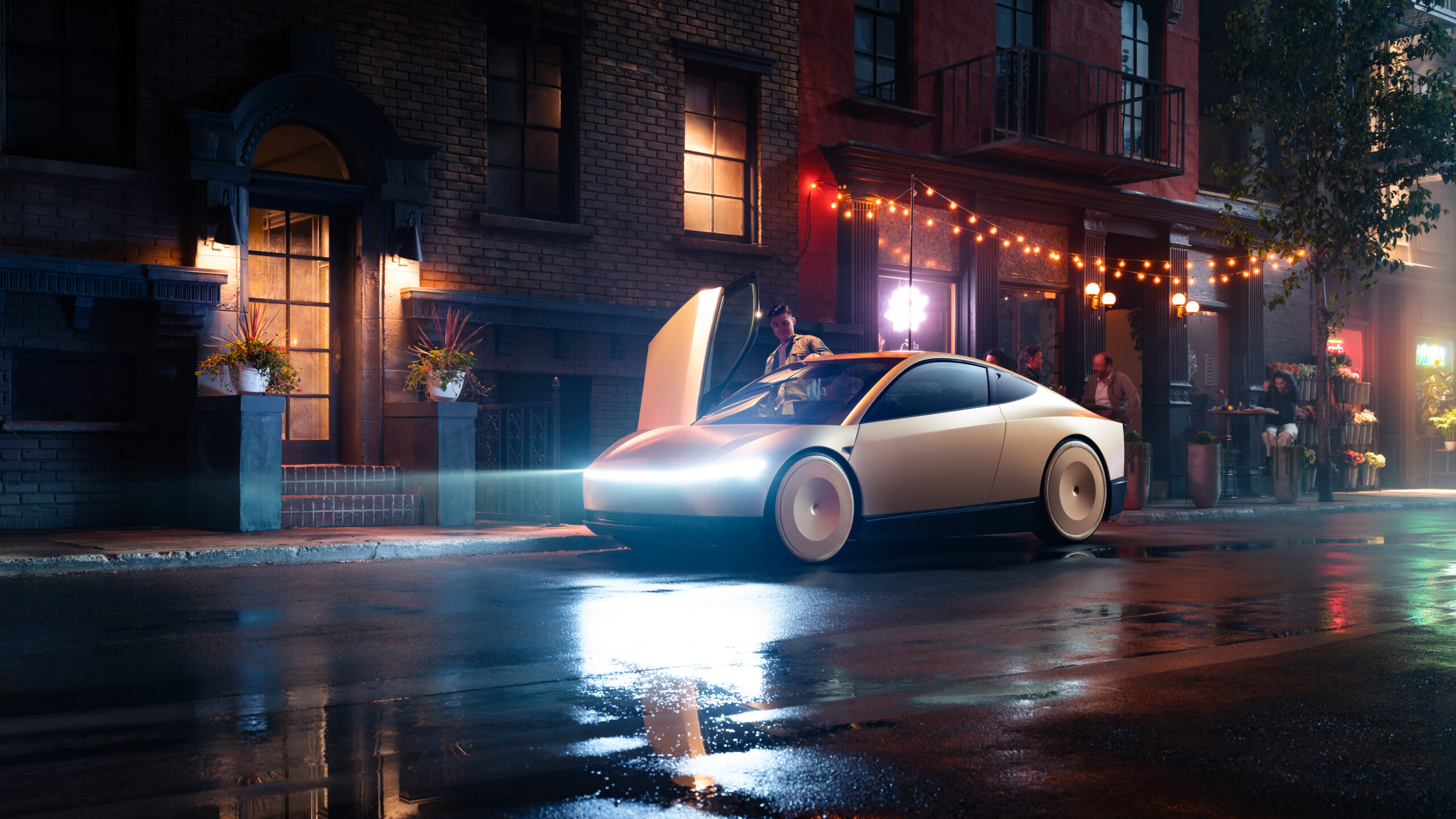Robotaxi
Level setting on Austin. The robotaxi pilot is small, expanding, and most importantly, has had no safety issues. After its mid-June debut with about 15 vehicles, it has expanded to about 35 vehicles. The geofenced zone has about doubled and now covers 42 square miles, which is about half of Waymo’s Austin service area. In May, Musk outlined plans targeting 1,000+ robotaxi vehicles in a few months (and in multiple cities) and indicated the Bay Area (San Francisco) is likely the next launch by the fall.
The key metric and commentary to listen for on the call is the pace of expansion, not the absolute fleet size. While Tesla has only a few dozen cars in one market, versus Waymo’s 1,500+ vehicle fleet operating in several cities, the rate of expansion has been faster than what I was expecting. If Tesla can get a couple hundred robotaxis on the road by the end of September, it would be viewed as a positive development by most investors. Less than 100 would be a disappointment. In short, the market will likely forgive small numbers early on; demonstrating an ability to accelerate deployment is the real win to watch for.
